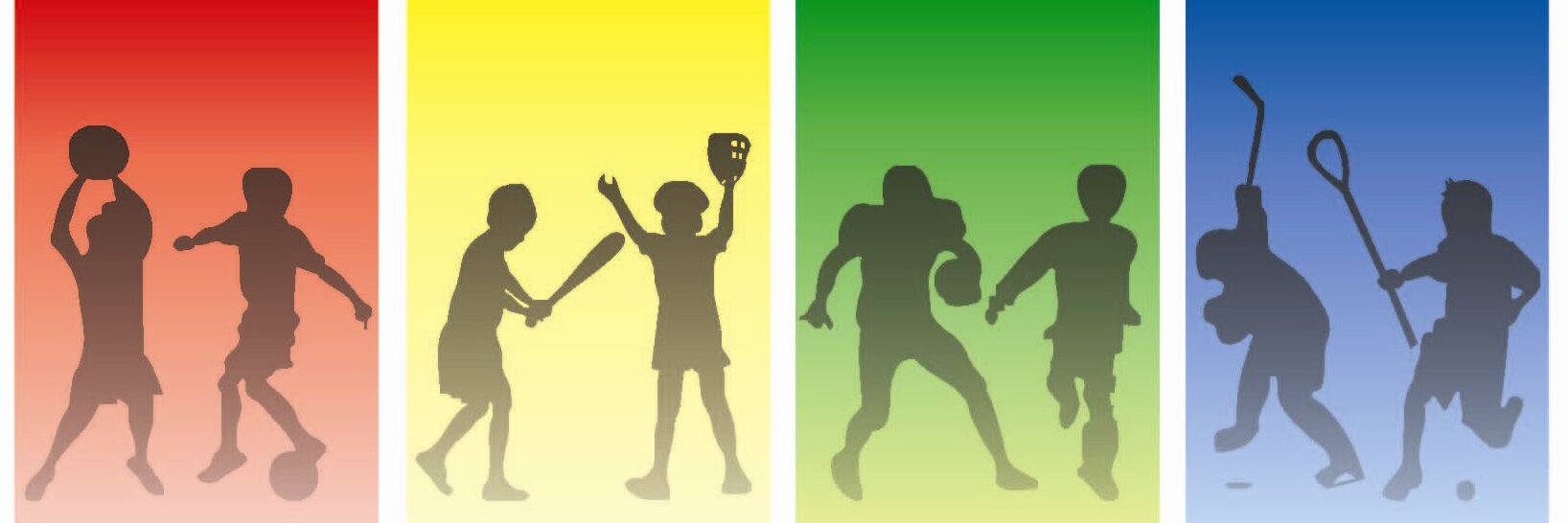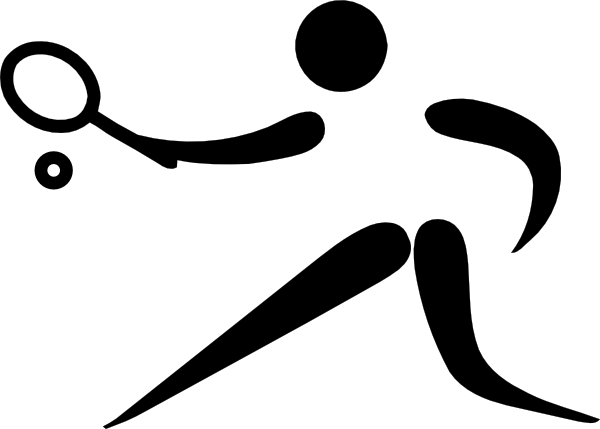Simple Fitness Training Tips For Soccer Players
To succeed as a footballer, you have to make the effort to systematically condition your body, build strength and responsiveness.
Speed is everything in this sport, and you have to have enough endurance to maintain a high rate of activity for a 90 minutes.
Sprinting drills are ideal as they help these you maintain stamina during the most demanding portions of the game. You can drill yourself by sprinting back and forth across a short area with short breaks as needed. Rather than coming to a total standstill, however, it is best to jog at a moderate pace during your breaks instead.
Training To Head The Ball Better
Practice jumping as well. Your horizontal movement across the playing field is important, but how you move vertically will be critical as well. Heading is an important element of the game, and it’s vital that you maximise your height, regardless of whether you are an attacker, midfielder or defender.
Practice your vertical jumps by hopping across the pitch. With each jump, try to get higher and higher. People engage in a lot of special drills to improve their jumping height, but the best thing that you can do to improve any specific skill is to simply perform that skill on a regular basis.
It is also a good idea to practice running, stopping and kicking. The real challenge of this sport lies in moving quickly and fluidly from one activity to the next. In addition to running, you have to know how to slow their movements, alter their elevations and move their bodies through a series of different motions. whilst maintaining balance.
Running drills that require you to move rapidly from one activity to the next will help you issue an instinctive and appropriate response each time the flow of the game changes.
Don’t Forget Your Abdominal Muscles
Conditioning your body will not only improve your performance, but will also help you avoid a range of common injuries. This is especially true when it comes to core muscle groups. This is the one portion of the body that new players often overlook.
It is important to note that your abdominal muscles both oppose and support your core muscle group. Your abdominal muscles will help you run fast, and also help your great balance, which is essential for coordinating your movements and making them fluid.
Assuming and holding the plank position is one of the best ways to engage and build the core muscle group. Unlike crunches and sit-ups, this type of activity does not place any strain on the neck or shoulders. It does, however, engage all of your core muscles at once, including the obliques or the muscles that travel up the sides of your abdomen.
Holding the plank position for at least one to two minutes every training session should produce phenomenal changes in both the tone and appearance of your abdominal region within a very short amount of time.
Working With Trainers
Many footballers work with personal trainers or yoga teachers to help with strength and flexibility. Long, flexible muscles are far less likely to get injured than those that are tight and riddled with stress. This means that a key part of your conditioning is simply stretching out.
Stretching is something that you should do both before and after each and every training session. It will make your muscles loose enough for the required activities and it will also prevent sprains, strains and other similar issues.
Each workout should be started with a rigorous warm-up. This will lubricate your joints, gradually build up your heart rate and increase your respiration. You can do a little light jogging in place, run on the treadmill for a few minutes or perform any other moderate, cardiovascular activity. Your warm-up session should last for at least ten minutes. Then you can perform a series of stretches before engaging in the various elements of your training program.
Although your conditioning and general soccer training may leave you feeling exhausted, it is still vital to cool your body down. The benefits of a good cool down after a rigorous workout are many. If you want to limit soreness and prevent the buildup of lactic acid in your muscles, this is how you can do.
Simply slow down your rate of activity in a gradual fashion, rather than stopping outright. The goal is to bring your heart rate and your respiratory rate down by degrees. Once you are finished working out entirely, you should spend a generous amount of time stretching. This is a great way to pamper your muscles after you have placed them under the maximum amount of demand.

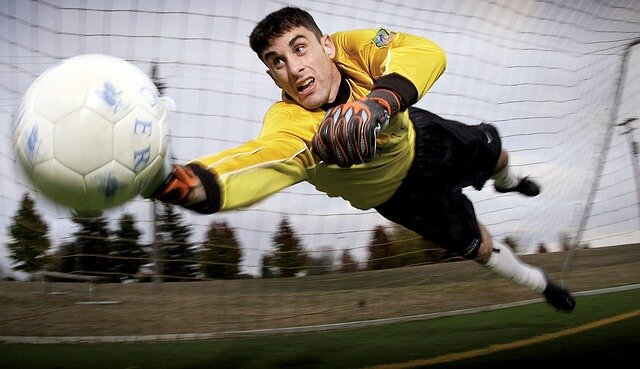
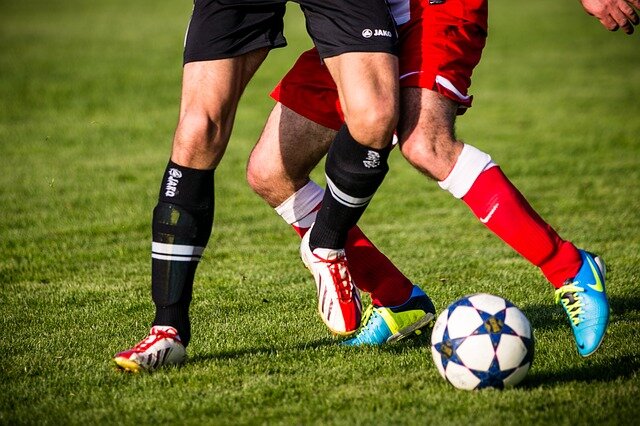
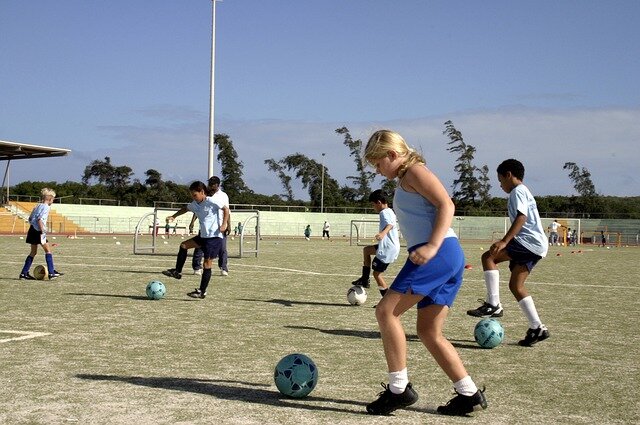


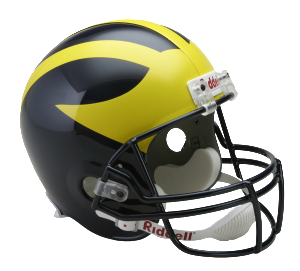

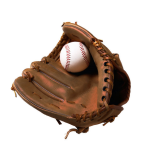 exactly what to expect, you should know that you would be up in the air with the parachute opened, and the boat will tow you over the water, allowing you to rise above the sea level. For beginners, this is an activity that will be done with a trainer, as you will not be left alone in the air.
exactly what to expect, you should know that you would be up in the air with the parachute opened, and the boat will tow you over the water, allowing you to rise above the sea level. For beginners, this is an activity that will be done with a trainer, as you will not be left alone in the air.
